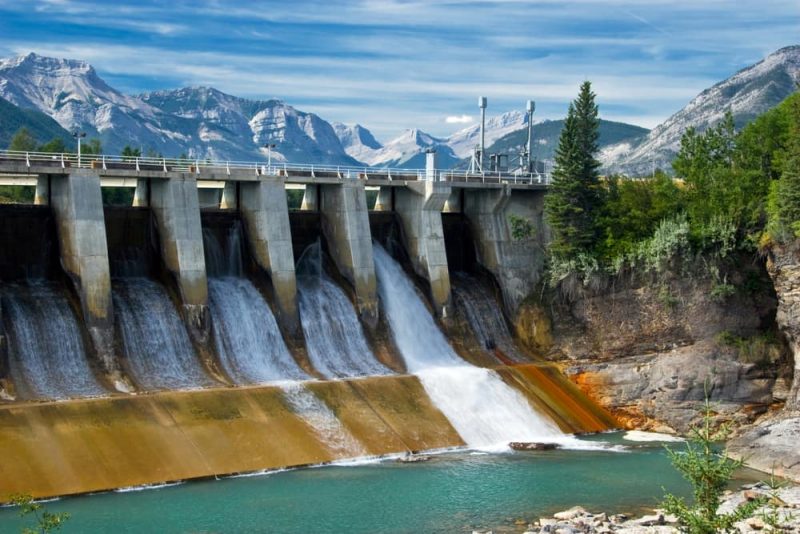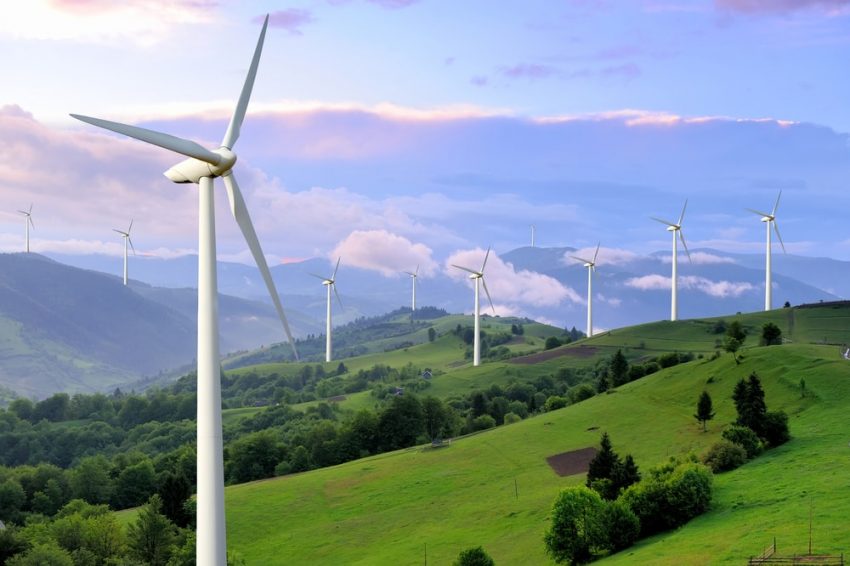The mechanical energy It is the ability of a body to produce a certain amount of work through the alteration of its position or its speed.
This capacity is usually understood as the sum of three forms of energy: the Kinetic energy, the elastic energy and the potential energy, namely:
- Kinetic energy. It is the energy that concerns the movement of bodies.
- Elastic energy. It is intrinsic to the ability to elasticity (of losing and recovering its original shape in the face of an external stimulus) of the bodies.
- Potential energy. This is the name given to the amount of energy stored in a body according to its position and configuration.
Thus, the basic formula calculation of the mechanical energy, attending only to the conservative forces of a body:
ANDmec = ANDc + ANDand + ANDp
While for cases of particle systems, it is convenient to attend to other mathematical considerations since mechanical energy is not conserved in them.
In general lines, mechanical energy is used to carry out numerous industrial or logistical tasks, so it is present in almost all areas of life in which there is movement.
It is also the principle that governs other forms of energy such as:
- Hydraulic energy. It consists of taking advantage of waterfalls to transform potential energy into other forms of energy.
- Wind power. Obtained by taking advantage of the potential energy of the wind to carry out other works.
- Seawater energy. A type of usable kinetic energy, contained in waves and the movement of the tides.
Examples of mechanical energy

- Hydroelectric generating plants. Located in large waterfalls or river falls, which guarantee a constant flow of moving water, hydroelectric plants generate electricity from the mechanical energy contained in the impact of water on turbines.
- The movement of the springs. When they are compressed, the springs accumulate elastic energy and potential energy, which when released is transformed into kinetic energy, since the spring immediately sets in motion. All these forms of energy are cases of mechanical energy.
- Slide down a slide. This children’s game allows us to convert gravitational potential energy (coming from gravity and accumulated in the body itself) into kinetic energy when sliding down the surface.
- Pull a slingshot. The classic slingshot, Chinese or rubber band, in which a Y-shaped fork is used together with an elastic band to throw projectiles, is a good example of mechanical energy: the elastic energy of the band accumulates when it is tensioned and then is transformed in kinetic energy that is printed on the stone thrown into the air.
- Turn on a blender. This appliance, like a blender or razor, uses electrical energy from the outlet to drive the kinetic energy of its blades or cutting tips through a motor.
- Wind up a toy. Ancient wind-up toys operated on the basis of the accumulation of elastic energy from tinplate or internal springs, the release of which pushes the toy forward (kinetic energy).
- The mechanism of clocks needle. The clocks work on the basis of a set of gears that transmit the electricity from the batteries to the system of the different hands, which interacts with each other in a coordinated way and opportunely transmits the movement (kinetic energy) from the second hand to the minute hand and that of the latter to its time to schedule.
- The pedaling of the bicycle. Bicycles operate based on the transmission of kinetic energy from the cyclist’s legs (and therefore his force capable of overcoming the resistance of the system) to the wheels of the vehicle, thus increasing or decreasing the mechanical energy due to the potential energy. of the bicycle depending on whether it is downhill or uphill.

- Pushing a piece of furniture from one place to another. To start a heavy object we must gather our strength and, overcoming the friction force, transmit our kinetic energy to it so that it moves together with us.
- Drawing water from a well. This work is carried out by means of a pulley and our force, which transmits the kinetic energy of turning the handle of the pulley to the ropes inside it and allows the weight of the bucket full of water to be raised. Of course, if we release the handle, gravity will cause an identical effect but in the opposite direction and the bucket will go back into the well.
- Releasing water from a dam. The potential energy of the dammed water, coming from its mass and volume, is transformed into kinetic energy when the gates of the dam are opened and the waters rush following its course.
- A human body running. The chemical energy Contained in food and the glucose extracted from it, it serves as fuel for the human body to undertake its many tasks, both physical and biochemical. A running human body, for example, is evidence of the transformation of said chemical energy into muscular force and, later, into kinetic energy, as we gain movement. This energy is perceptible when we try to brake, and we must resist the “clean and jerk” that will push us to continue the trajectory.
- Lifting load with a pulley. This principle is used very frequently in the construction sector. It consists of pulling a rope, giving it force with its own weight, to convert that potential energy into kinetic energy that pulls the weight up, where someone can receive it. In the case of a more complex pulley system, the weight of the object can be distributed throughout the system and thus minimize the initial force required.
- Gas turbines. Many turbines are mobilized by an expanding gas (as a result of an increase in its temperature), which supposes the start-up of kinetic energy that will, in turn, be converted into usable electrical energy.
- The wind mills. These devices convert the kinetic energy of the wind, which pushes its blades, into other forms of mechanical energy that move the wheel and activate the gear that grinds the grains inside.

Can serve you
- Examples of Energy in Everyday Life
- Examples of Energy Transformation
- Examples of Renewable and Non-Renewable Energies
Other types of energy
| Potential energy | Mechanical energy |
| Hydroelectric power | Internal energy |
| Electric power | Thermal energy |
| Chemical energy | Solar energy |
| Wind power | Nuclear energy |
| Kinetic energy | Sound Energy |
| Caloric energy | hydraulic energy |
| Geothermal energy | |
